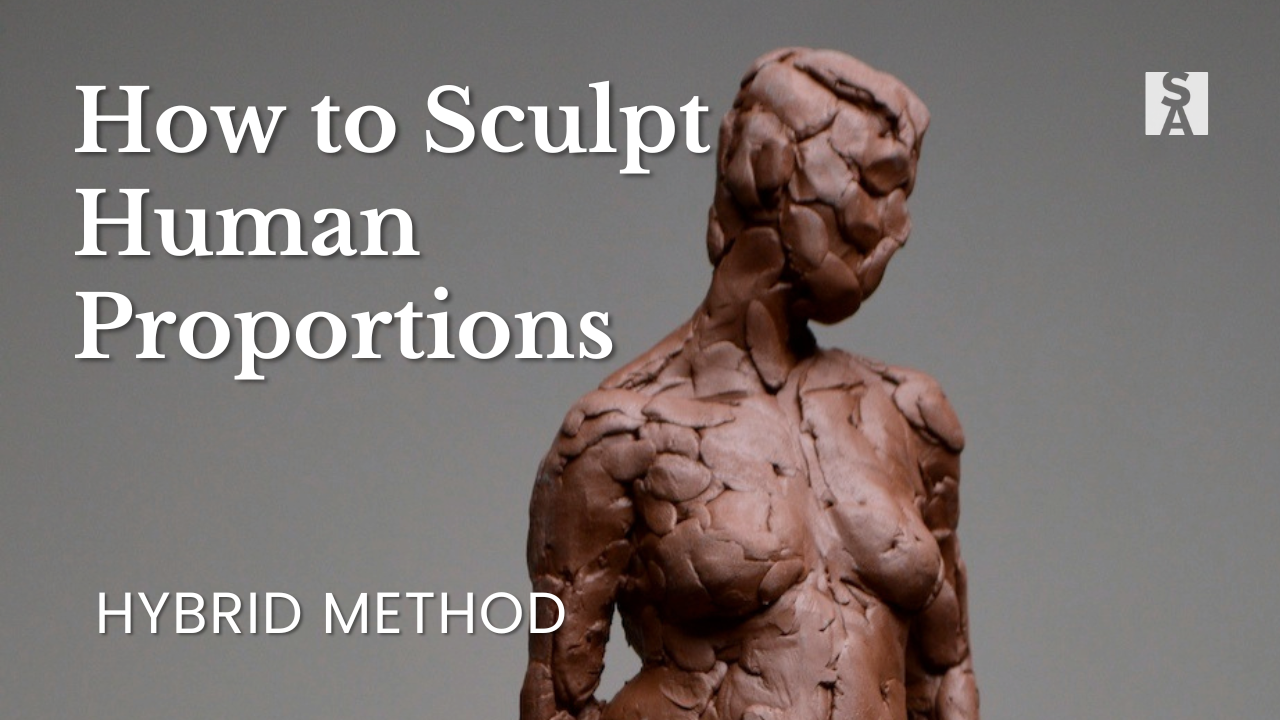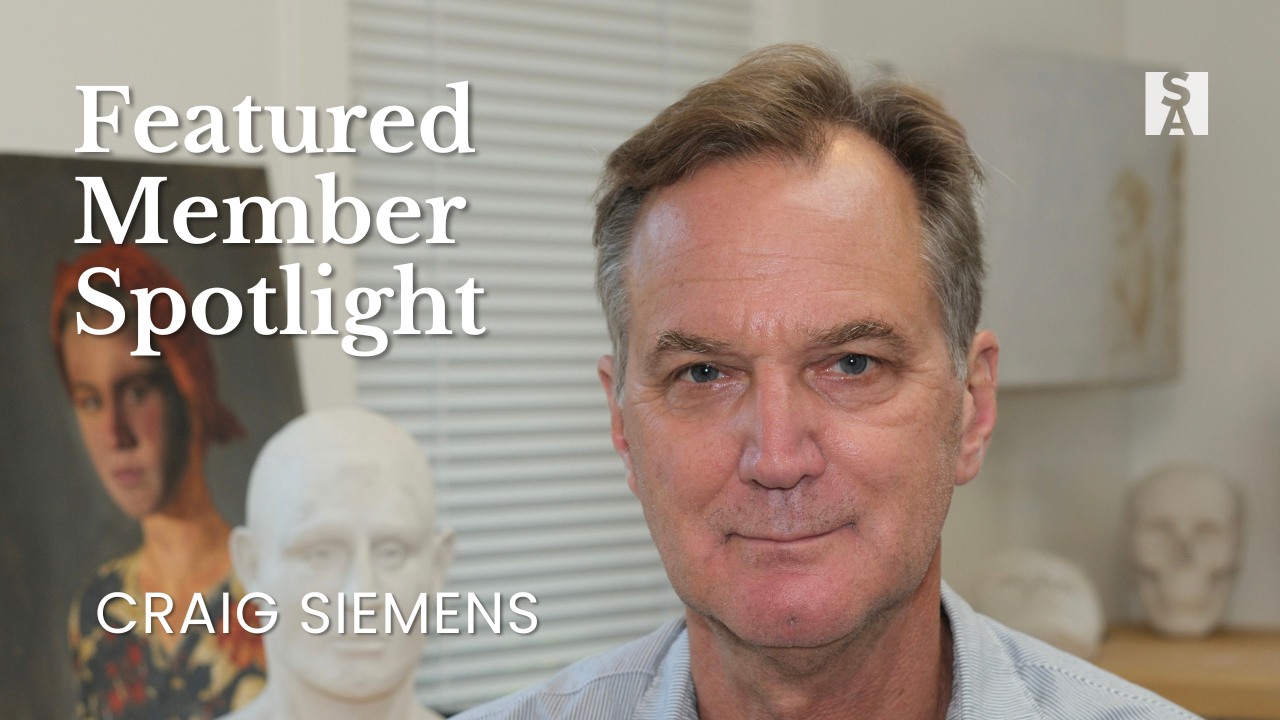5 Tips to Improve Your Figure Sculpting

If you are an artist representing the human figure in your artwork - whether that be sculpting, drawing or painting - you know that the human body is a challenging subject to capture.
Here's the good news:
You can improve your artwork simply by changing your working methods to be more effective.
Of course, you still need to learn the fundamentals of structural anatomy, and practice training your eye to see more accurately.
It takes time and practice to become a proficient artist.
But if you are practicing in unhelpful ways, your progress will be slower than it needs to be.
Here are 5 figure sculpting tips that will improve your results dramatically (if you apply them!)
They are specially meant for sculptors but you'll find that they can apply to your painting and drawing as well.
1. Step back OFTEN to observe your work from a distance
It’s so easy to spend hours and hours working away without ever stepping back to see exactly what you are doing.
This is not an effective sculpting habit!
You want to be stepping back from your work as often as possible.
Your eyes need some space to take in the big impression of your work from a distance.
This one simple act will create a lot more accuracy almost instantly.
(If you struggle with this, you can train yourself to remember to step back by setting a timer to go off every 20 mins)
It is amazing the difference that this simple change will have.
You'll be seeing more than you did before, and save yourself hours of frustration.
2. Spend MORE time looking at your MODEL than at your sculpture
Over the past decade, I've taught hundreds of students to sculpt. A common beginner mistake is to get completely lost in looking at the sculpture you are creating.
There is a natural inclination to spend the majority of time looking only at your sculpture, busily adding and subtracting clay WITHOUT LOOKING AT THE MODEL.
As you can imagine, it's rather difficult to create the unique forms of the model if you aren’t looking at them in the first place…
Here's what to do instead to improve your ability to capture a likeness of your model.
Spend the majority of your time observing your reference!
This simple principle is the same whether you are working from a live model or a photograph.
It is the only way to be able to see more accurately and efficiently and avoid simply “making things up” when creating the forms!
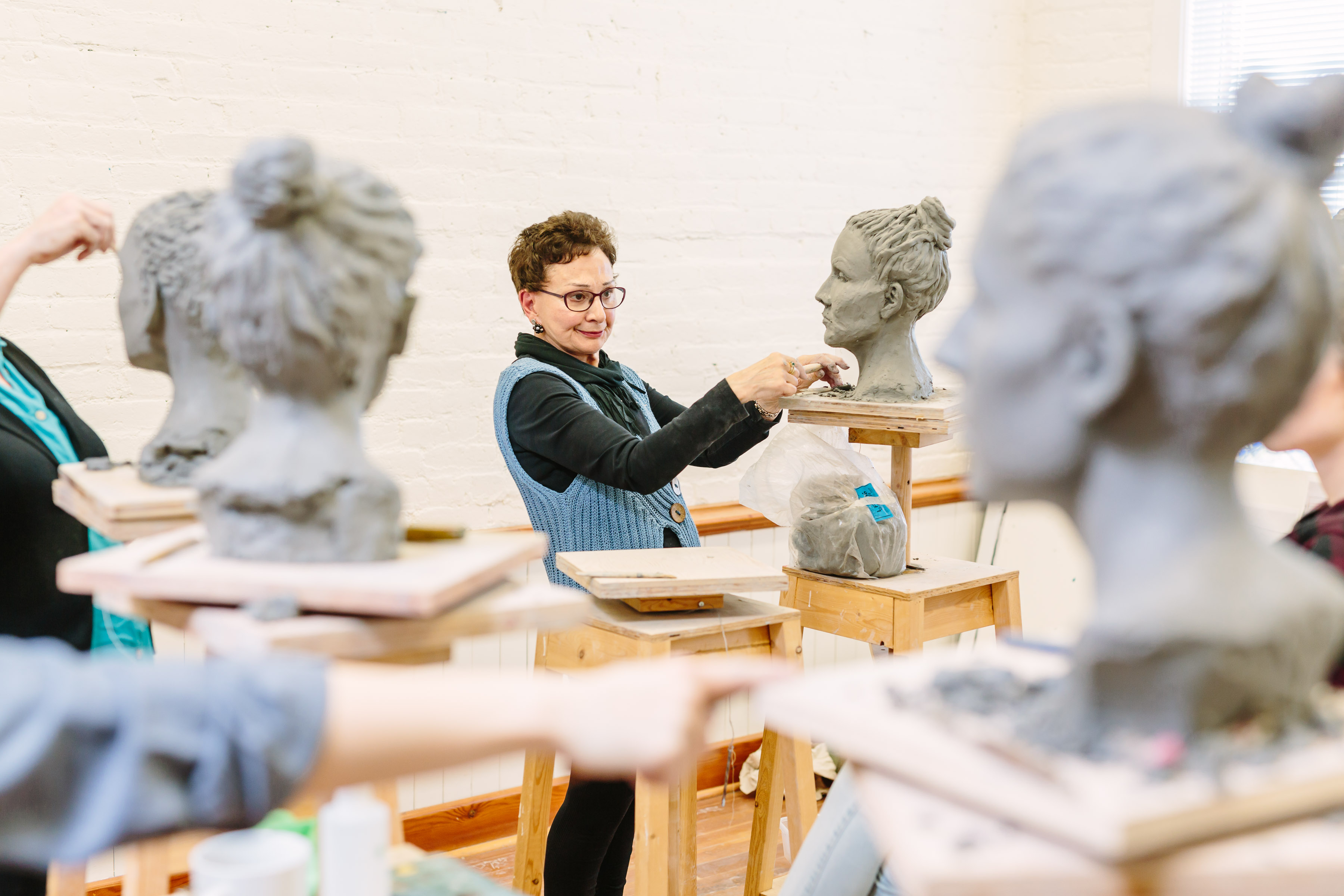
So next time you are working, pause and ask yourself honestly... how much of the time are you "making things up" and how much of the time are you actually observing the shapes, lines and forms of your model?
3. Switch up Your Perspective Frequently
The worst sculpting habit is to spend all your time working from the same perspective, “perfecting” everything… until you turn it and see you’ve made a complete disaster of the other side.
Do you know the feeling?
It's one of the ways working in 3D is different than 2D.
When you are working in three dimensions, you have to consider the form from all angles.
You want to develop a working pattern of rotating your sculpture every few minutes.
It helps to have a turntable (or "lazy susan") or a sculpting stand that rotates so you can see your work from 360 degrees.
But that's not all.
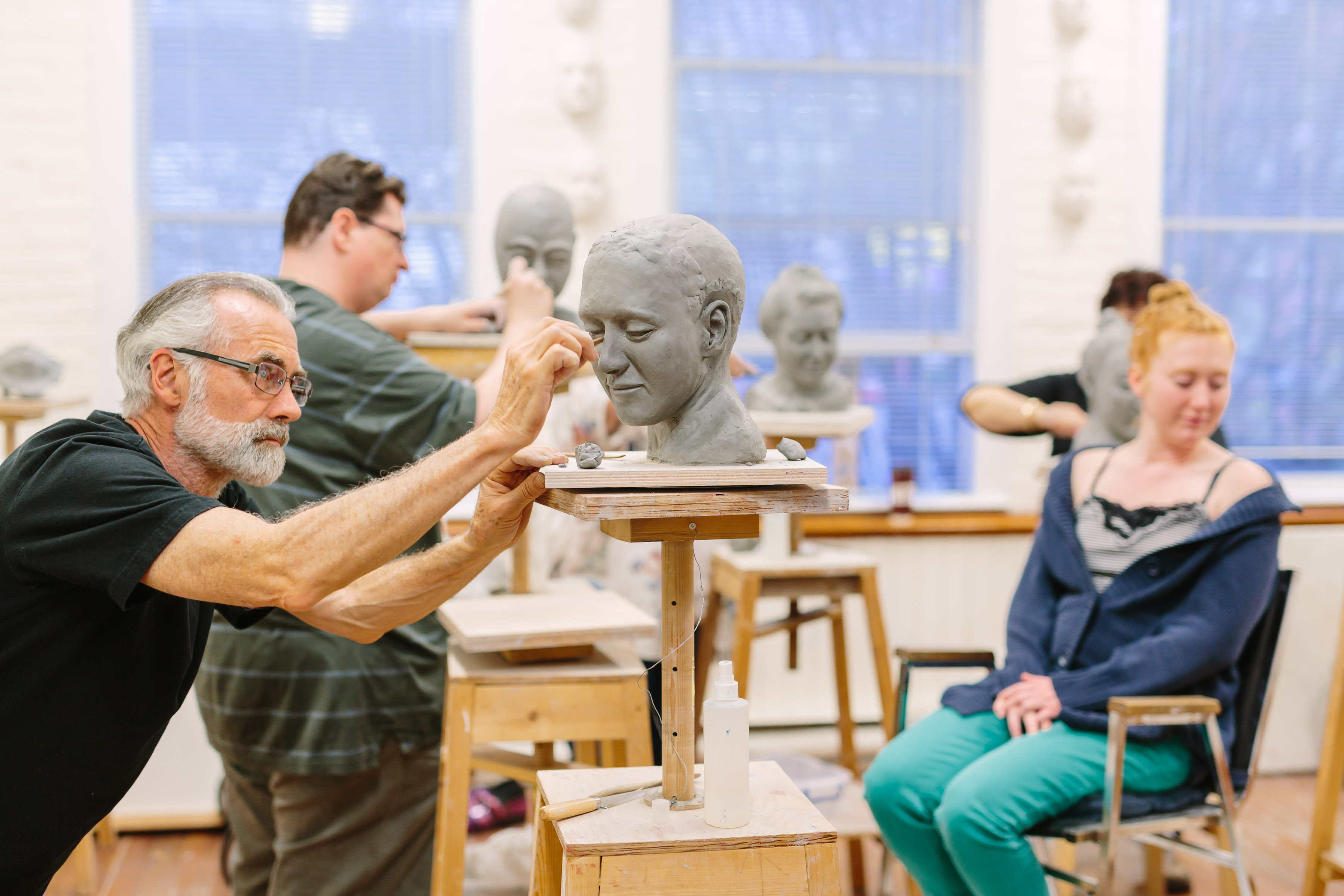
It is also infinitely helpful to look at your sculpture from above and from below.
Use a chair to sit and look up at your work, or place your sculpture on a table to see it from above.
This will reveal a whole new aspect of the volumes, symmetry, and depths!
Spend time looking at your model from those angles too. (If you use photo references, take images of the below and above views.)
4. Give yourself Fresh Eyes
Sculpting, painting or drawing the human figure requires us to LOOK, LOOK and LOOK again.
As we continue to look so intensely, our eyes get “tired” visually and just stop seeing after a while.
This is when you will start to make what we call "mistakes".
It's not your fault... it is because it actually gets more difficult to see the shapes.
This is inevitable, but fortunately, you can use different techniques to refresh your eyes to combat this “visual fatigue”. This will help you to see and correct your own mistakes.
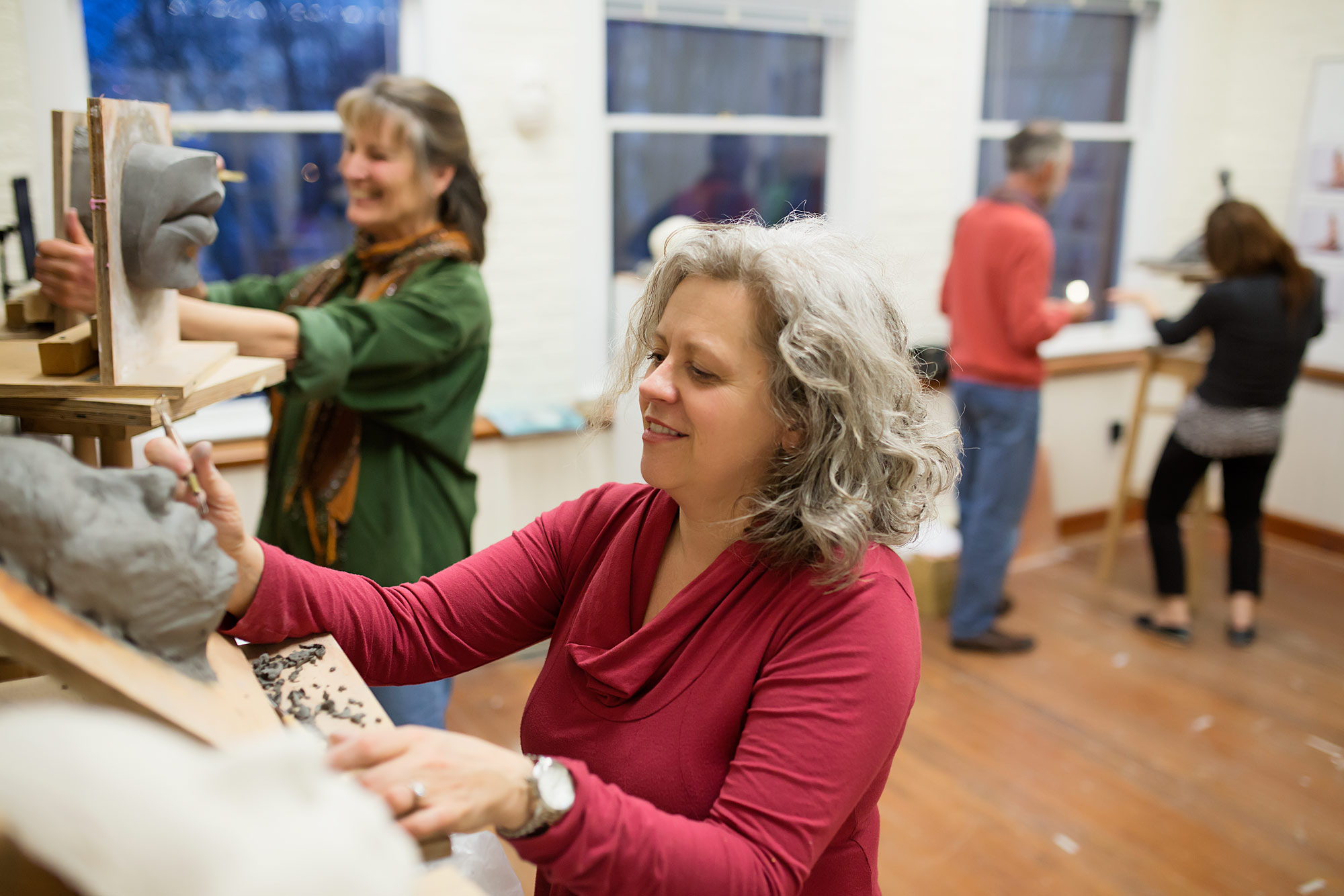
Here are 3 simple techniques to refresh your eyes:
1- Take more short and long breaks
You'll find that taking a break to look at something else for a few minutes is often enough to refresh your vision.
You can try stepping outside, organizing your shelf, making a cup of tea, etc.
2- Take a photo of your work in progress
Use your phone to take a clear photo of your work. Seeing it flattened on the screen can be enough for something new to jump out at you.
Be careful to not work too much from the photo, as it will often be distorted (close-up photos tend to have the most distortion).
3- Use a mirror to look at your work in the reverse
You can put your work in front of a large mirror and step back, or hold up a small mirror and look at your sculpture with it. This "flips" the image and you will see it completely anew!
Fresh Eyes is a core concept that I use in my figure sculpture courses and workshops.
There are lots more techniques to refresh your vision, but these three should get you going.
5. Be Curious & Embrace the Process
Are you curious?
Curiosity might be the thing that can improve your sculpting the most.
When you feel impatient with your results, it's easy to get frustrated or even discouraged about your creative practice.
It's easy to forget that learning to sculpt is a process.
An intriguing and fascinating process filled with creative possibilities.
If you find yourself getting too worked up about your results, or feeling impatient… you’ve got to slow down.
Try to pause and find a sense of deep curiosity about the unique shapes and forms of the model.
Here's an example. If you are working on a portrait you could get very curious about the exact angle of the nose in profile, and whether or not your version is similar or could be adjusted for better likeness.
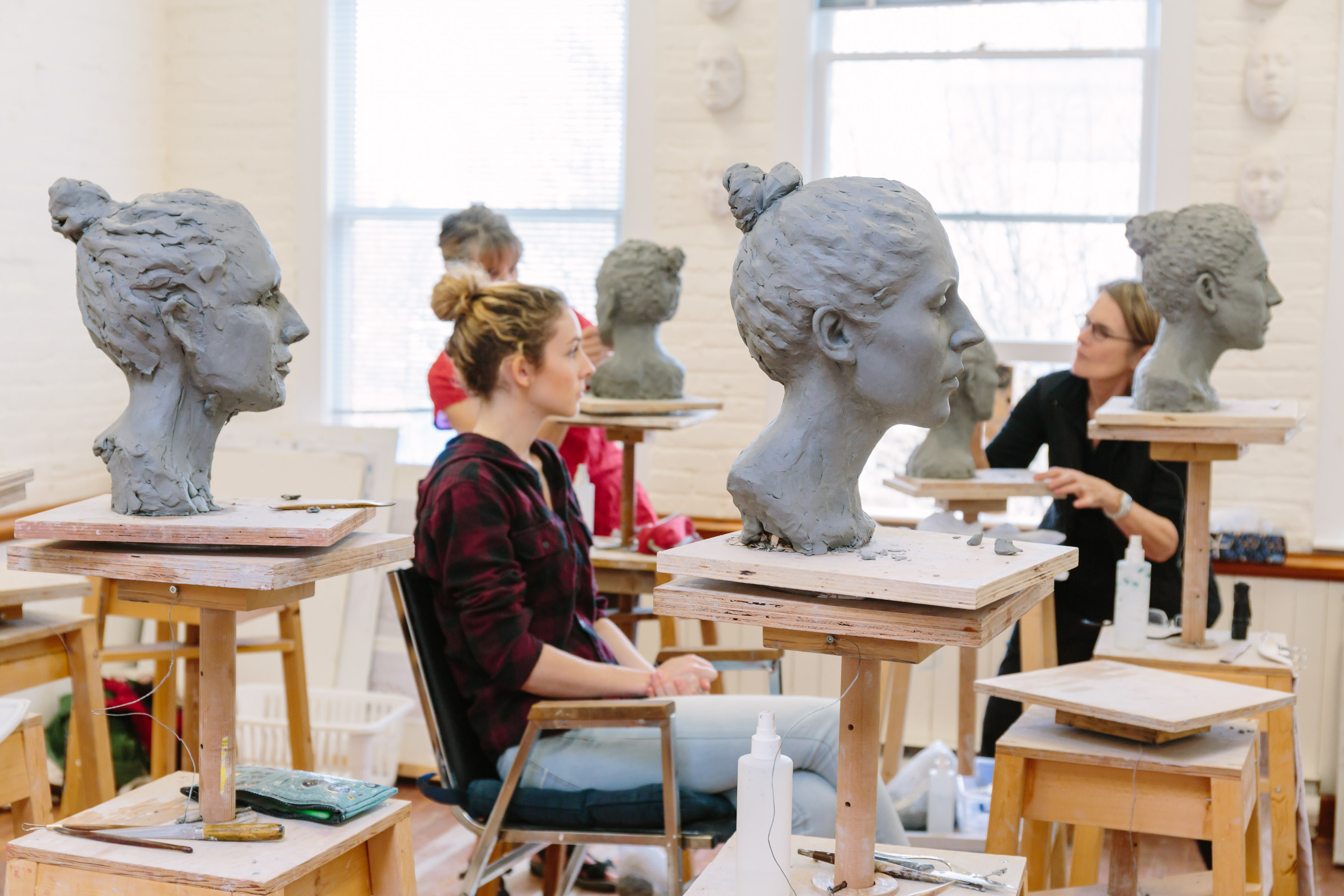
Curiosity will give you the motivation to look more intently.
Be patient and enjoy the process of learning to see.
Remember: sculpting the figure from observation is a trained skill - it takes time and practice for your eyes, mind and hands to work together.
Allow yourself the space to create simply to enjoy the creative process.
I guarantee that your work will improve if you stay curious!
Here's those 5 Tips in Review:
- Step back OFTEN to observe your work from a distance
- Spend MORE time looking at your MODEL than at your sculpture
- Switch up your perspective frequently
- Give yourself Fresh Eyes
- Be Curious & Embrace the Process
We've covered a lot of different ways for you to improve your sculpting through more effective working methods.
You don't have to use all of them at once! Just start with one and put it into practice to see how it works for you.
Which one will you pick to try first?
Ready to Uplevel Your Sculpting?
If you want to truly master the foundations of figure sculpting, we are waiting for you inside the Atelier Program! This online sculpting program will give you the exact resources you need to master the skills of traditional sculpture (so you can finally bring your ideas to life in 3D!)
>> Click HERE to Find Out More!
ARE YOU ON THE LIST?
Online Atelier Program for Sculpture:
Master the foundations of traditional clay figure sculpting.
Next Enrolment January 2026.
Enter Your Details Below to Get Notified:
You can unsubscribe at any time.



